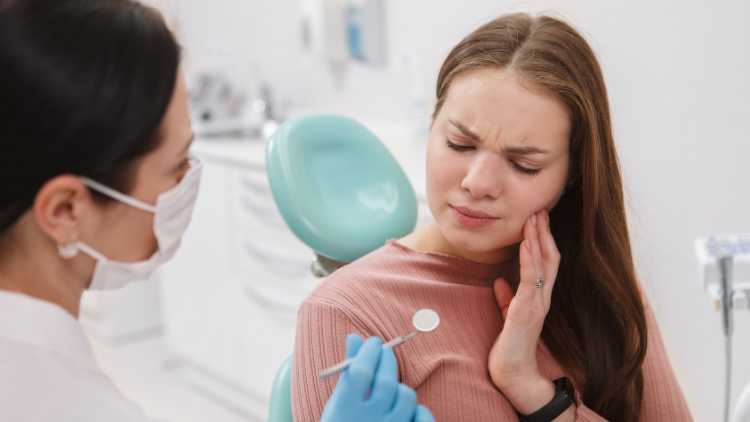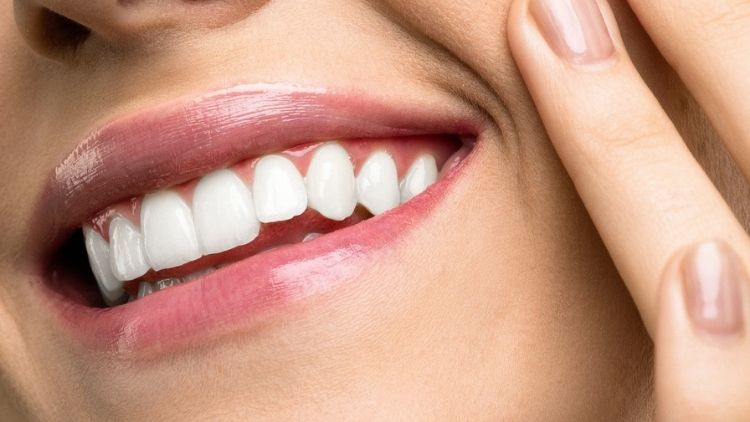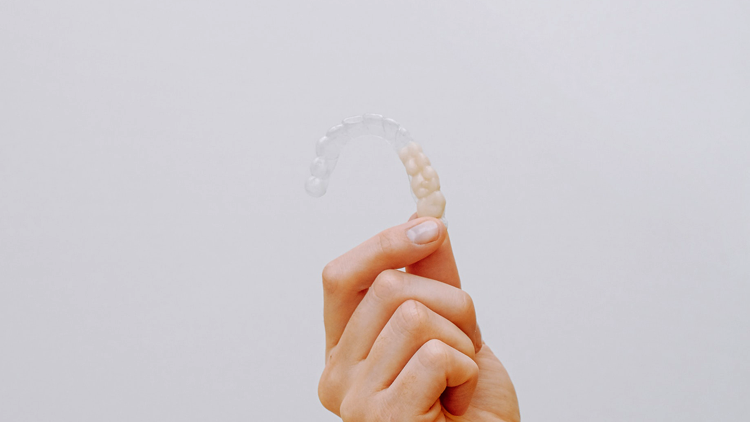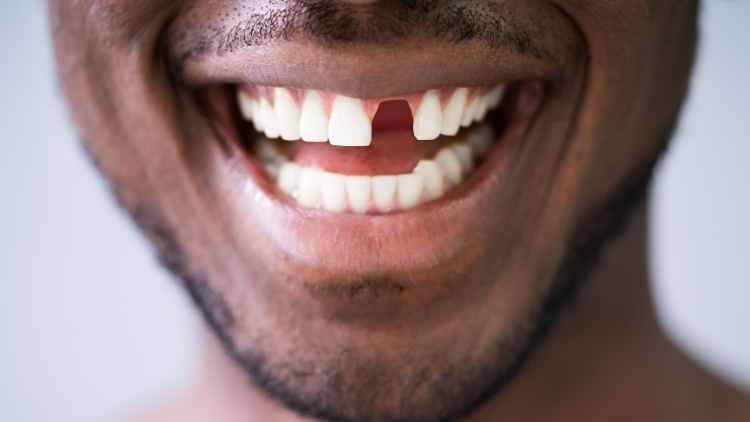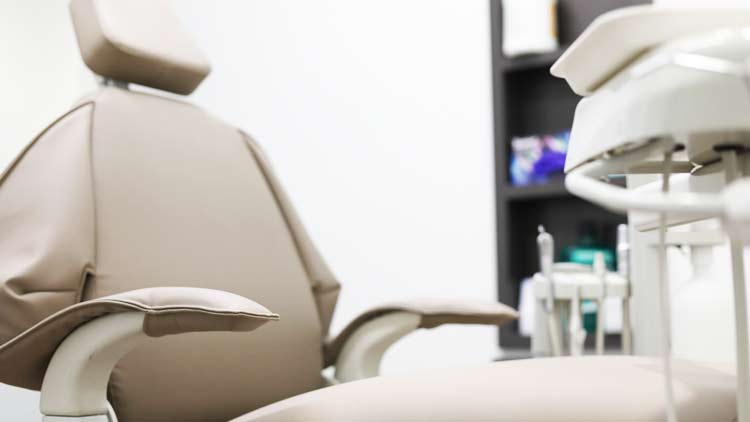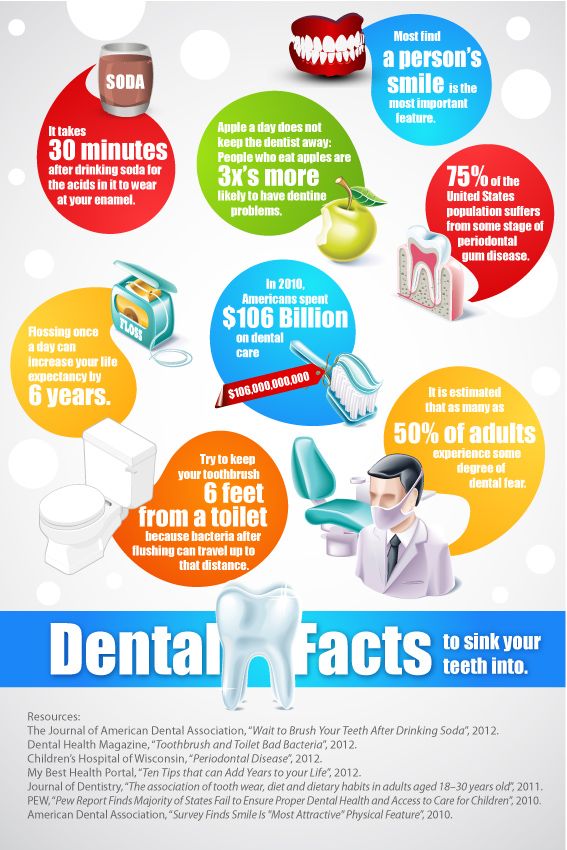
So, is it safe to go to the dentist? The short answer is yes. Each person is taking care of themselves based on their level of comfort. On the other hand, medical offices are following safe and stricter guidelines. At our office, we’ve taken things a step further by installing a Vollara Air & Surface Pro Unit. We will touch on this in a later section.
Is it Safe to Go to My Dentist Appointment?
All dental care workers should be following strict guidelines to keep you, the patient, comfortable and safe. While each office may have their own way of doing things, here are some of the basic actions being taken:
- All employees in the office wear masks
- Tools are sanitized and/or replaced after use
- Patients will remain in the parking lot until they are called in
- Surfaces are disinfected 2x more than usual
- Masks are required for anyone who enters the office
- Appointments are spaced out accordingly
- Tempuratures are checked upon entering
- Patients are asked about any symtoms or exposure
- Common waiting room items, like kids toys or magazines, are removed
- Patients asked about any recent travel
- Waiting room furniture is placed in a socially distanced manner
- Patients are asked to limit the number of people they brought with them when/if possible
Aside from all these things, our office is happy to announce we’ve taken things a step further.
Vollara Air & Surface Pro Unit
We’ve installed a very special unit here at our dental office in Monroe, Michigan. We are taking every measure to keep our patients feeling comfortable and safe. So, if you were wondering “is it safe to go to the dentist” we hope this unit assures you of your safety.
This unit is the only technology available in products proven to reduce over 99.9% of the virus that causes COVID-19 on both surfaces and in the air, according to Active Pure. It works by pulling in free oxygen and water molecules in the air. It does this by using a patented honeycomb-like matrix. The technology creates unbeatable oxidizers called ActivePure Molecules. Then, these molecules are released back into the space or room where it identifies and destroys COVID-19 causing viruses. Also, it doesn’t matter their size, or if the viruses are in the air, or on surfaces.
The Statistics
Here are some of the statistics sourced from and provided by Active Pure. These statistics are based on the studies they oversaw. All testing was completed in FDA Compliant laboratories.


Conclusion
Know your comfort level and make sure the office you go to makes you feel safe. If not, look into a dental office that is focused on your safety. The system we have at our office, plus all the other measures we’ve taken, can give you substantial peace of mind. The safety and comfort of our patients is our primary concern. Request an appointment with our office today!

 Request an Appointment
Request an Appointment
